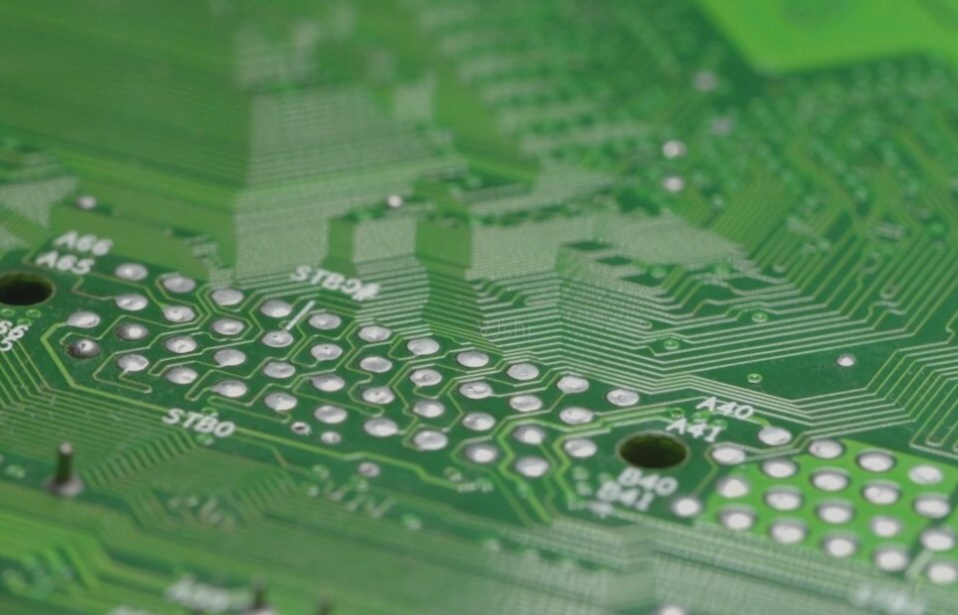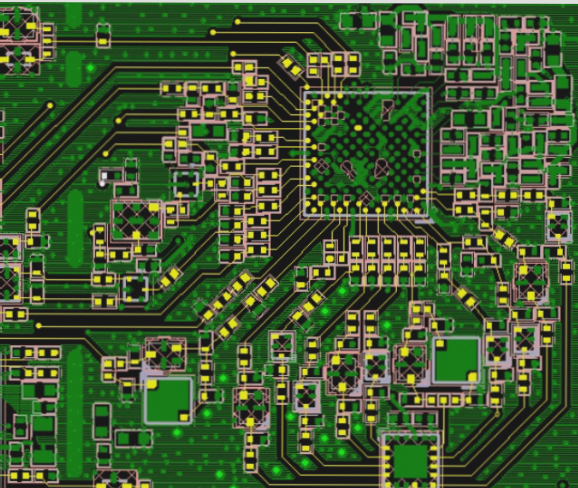Understanding CNC Milling
CNC milling, short for Computer Numerical Control milling, revolutionizes machine tool automation by utilizing computer systems for precise control. Unlike manual machining, CNC milling relies on numerical commands to guide the machine’s movements, ensuring high accuracy and efficiency in producing intricate parts with complex shapes and tight tolerances.
Industries such as aerospace, medical devices, and electronics heavily rely on CNC milling for its ability to create custom features and geometries. These machines operate along multiple axes (X, Y, Z, and sometimes W), enabling the production of a wide range of shapes and structures with exceptional precision. Modern CNC mills equipped with 3, 4, or 5 axes can handle sophisticated machining tasks, programmed using advanced CAM software for optimal results.
Moreover, CNC milling machines come with coolant systems to maintain tool sharpness during operation, making them indispensable in industries that demand precision and versatility.
The Process of CNC Milling
CNC milling machines are controlled by G-code, a software program that manages key parameters like speed and positioning for automated operations. By using rotating cutters in multiple axes, CNC milling shapes materials accurately to create slots, gaps, and intricate features. These machines can be configured vertically or horizontally to machine various materials, including metals, plastics, ceramics, and composites.
The CNC milling process involves feeding a rotating cutting tool into a solid block of material, gradually removing material to achieve the desired shape with unparalleled precision. The integration of computer control allows CNC mills to perform tasks efficiently and accurately, playing a crucial role in industrial production.
Key steps in the CNC milling process include:
- CAD Model Design: Creating a 2D or 3D design using CAD software, considering machine and tool limitations.
- Conversion to CNC Program: Converting the design into a CNC program using CAM software to generate G-code and M-code instructions.
- Machine Setup: Preparing the CNC machine for the milling process.

Preparing the CNC Machine for Operation
Before starting the CNC program, it is essential to prepare the machine. This involves securing the workpiece onto the machine bed and ensuring that the correct tools, such as cutting tools and end mills, are loaded into the machine.
Executing Machining Operations
Once the machine is set up and the CNC program is loaded, the CNC mill initiates the machining process. The computer-controlled machine precisely guides the tools along different axes to eliminate material and shape the workpiece according to the design specifications. This automated process requires minimal human intervention once the machine is correctly configured.
Types of CNC Milling Processes
Common CNC Milling Methods Include:
- Drilling
- Milling
- Turning
Drilling Process
Drilling involves creating cylindrical holes in the material using rotating multi-point drill bits. In CNC drilling, the rotating drill bit aligns with the workpiece, cutting a hole with the same diameter as the drill bit.
Milling Process
Milling utilizes rotating cutting tools to eliminate material from the workpiece. In CNC milling, the workpiece is positioned relative to the cutting tool, allowing for precise material removal. This method is versatile and can produce a wide range of shapes and features.
Turning Process
Turning includes rotating the workpiece while a cutting tool removes material. This process is commonly done on a CNC lathe, where the cutting tool moves along the surface of the rotating workpiece to create cylindrical parts with internal and external features. Turning is ideal for producing round parts with precise diameters, such as shafts or fittings.
Tools Utilized in CNC Milling
The tools used in CNC milling are crucial for achieving the desired part geometry. These tools are designed for durability and high cutting speeds, with specific designs tailored to different materials. Larger tools remove more material but generally operate at slower speeds, while smaller tools allow for finer detail and faster cutting. Specialized tools may be necessary for complex features like undercuts or keyways.
The objective of tool selection is to minimize machining time while maintaining the required precision. Often, a single large tool removes the bulk of the material, followed by smaller tools to finish the part with fine details. During the machining process, the workpiece may require multiple tool changes to fulfill different functions, highlighting the significance of a well-organized CNC milling system to enhance efficiency and reduce downtime.
Designing parts to accommodate larger tools and reduce the need for frequent tool changes is critical. This practice decreases overall machining time and prevents excessive wear on the tools.

For precision CNC manufacturing solutions, trust WellCircuits to meet your requirements. Reach out to us at info@wellcircuits.com.


